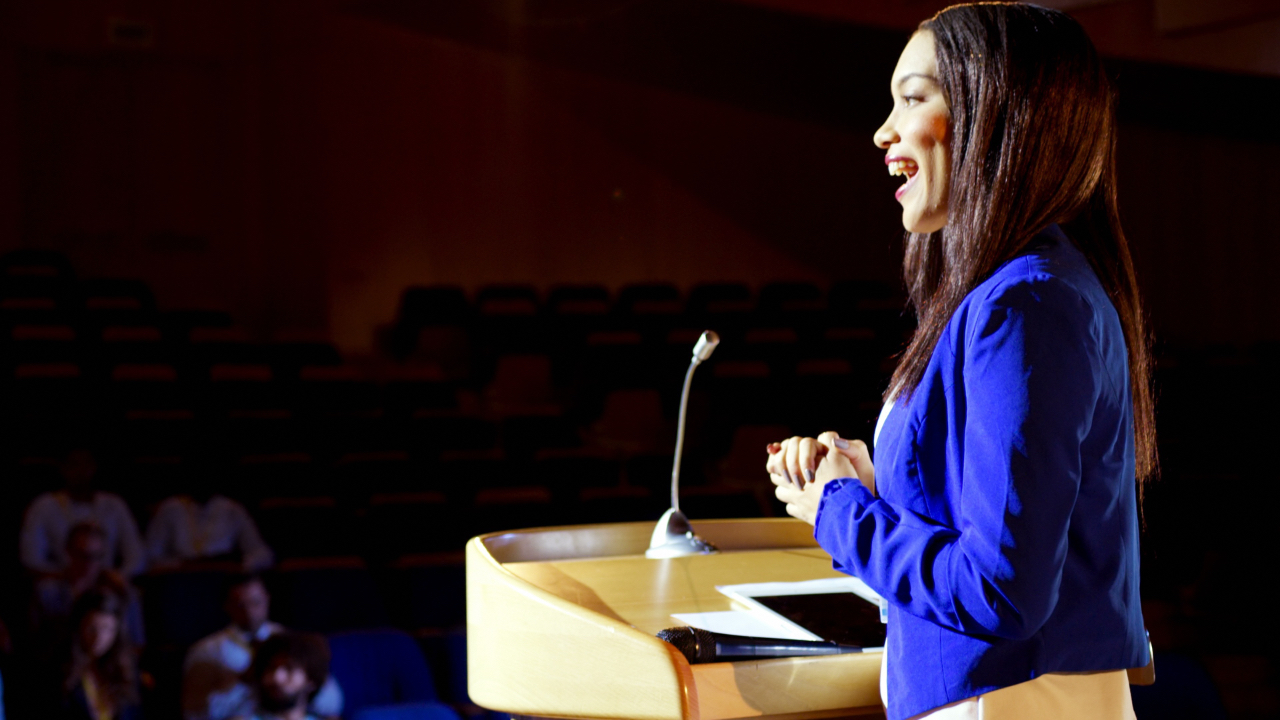The Confidence Equation: What Neuroscience Reveals About Building Unshakeable Self-Belief
Aug 28, 2025
Have you ever looked at someone who seems effortlessly confident and wondered, how does she do it?
You’re not alone. Many women I coach tell me that even when they’ve achieved success, they still question themselves. They hesitate to speak up, second-guess their decisions, or worry about being “too much.”
Here’s the good news: confidence isn’t something you’re born with or without. It’s something your brain can learn, strengthen, and grow - just like a muscle.
In this article, we’ll explore what neuroscience reveals about how confidence works, why so many women struggle with it, and practical steps to start rewiring your brain for self-belief.
What Confidence Really Is
Most people think confidence is about never feeling afraid or uncertain. In truth, confidence is simply the expectation that things will work out - a belief that you can handle whatever happens.
That belief lives in the brain’s neural pathways. Every time you try something new, take a small risk, or follow through on a goal, you reinforce the network that says, I can do hard things.
Confidence doesn’t come from perfection. It comes from repetition.
Why So Many Women Feel Like Imposters
If you’ve ever felt like a fraud despite your achievements, you’ve experienced what psychologists call imposter syndrome.
It’s a deeply human response to success, especially in environments where women have been socialised to downplay their abilities. Your brain’s amygdala (the part that detects threat) interprets visibility or risk as danger. Even positive recognition can trigger self-doubt because it pushes you out of your comfort zone.
That’s why confidence isn’t just a mindset issue. It’s a nervous system issue. Your body needs to feel safe in order for your brain to feel capable.
Step 1: Regulate Before You Reframe
Trying to think your way into confidence doesn’t work if your body is in fight-or-flight.
Start by calming your nervous system before any big moment - a presentation, a conversation, or a new opportunity. Try:
-
Slowing your breath to a count of four in, six out
-
Grounding your feet on the floor and relaxing your shoulders
-
Visualising yourself calm and steady rather than perfect
When your body feels safe, your brain opens up to possibility. You’re no longer reacting to fear, you’re responding with choice.
Step 2: Rewrite the Story
Your brain loves evidence. It learns from repetition and reward.
Every time you take action despite fear - even in small ways - you’re teaching your brain a new story: I can trust myself.
Try this practice:
At the end of each day, write down one moment you showed up with courage. It could be speaking your mind in a meeting, saying no when it mattered, or simply getting out of bed on a hard day.
Over time, these micro-evidences add up. Your inner critic loses its grip because the proof of your capability becomes undeniable.
Step 3: Shift the Focus from Outcome to Effort
When you measure your confidence by outcomes, you set yourself up for disappointment. But when you focus on effort and progress, you activate the brain’s reward system.
Each small action releases dopamine (the chemical that fuels motivation and builds momentum). The more you focus on the process, the more naturally confidence grows.
Confidence isn’t a destination. It’s a side effect of consistent, aligned action.
Step 4: Surround Yourself with Expansive Energy
Confidence is contagious. When you spend time with people who believe in you, your mirror neurons (the brain’s empathy circuits) help you internalise that belief.
Find mentors, coaches, and communities that remind you of your strengths and reflect your potential back to you.
This is one of the reasons I created The Awesome Club - a space for women to be real, stretch their comfort zones, and build confidence through connection and practice.
Step 5: Redefine What Confidence Looks Like
Confidence doesn’t mean being loud, bold, or fearless. It means being authentic.
True confidence is quiet, grounded, and self-assured. It’s knowing who you are, what you value, and showing up from that truth — even when your voice shakes.
As Brené Brown says, “Courage starts with showing up and letting ourselves be seen.”
Final Thought
Confidence isn’t built in your head. It’s built in your actions.
Every time you take one small step forward, your brain records it as proof that you are capable. Over time, those steps become pathways - and those pathways become unshakeable self-belief.
You don’t have to feel ready. You just have to begin.
Your Next Step
If you’re ready to grow your confidence with neuroscience-backed tools, explore my Guided Resets Collection - a digital toolkit designed to help you strengthen self-belief, calm your nervous system, and take bold, aligned action toward your goals.



